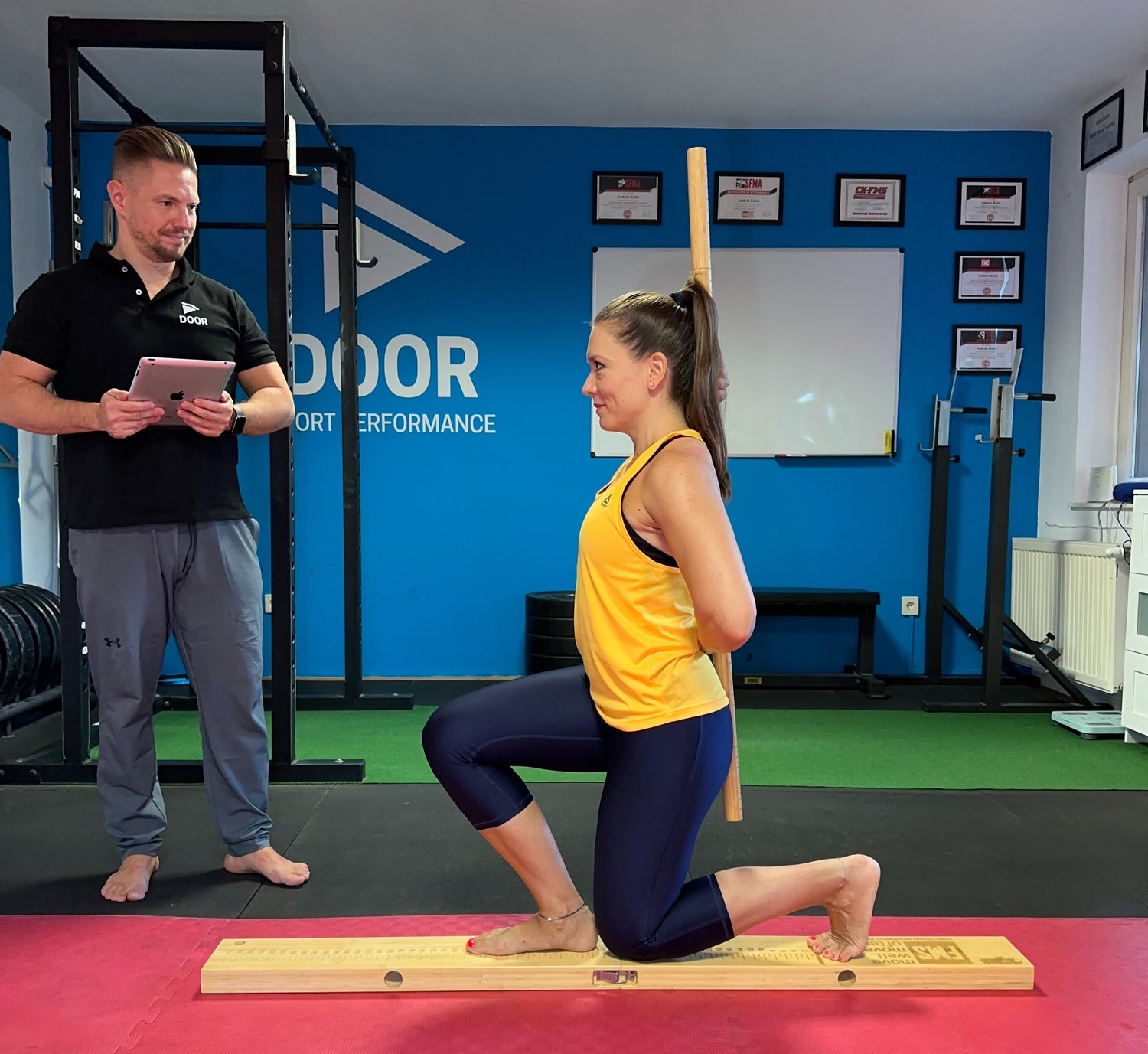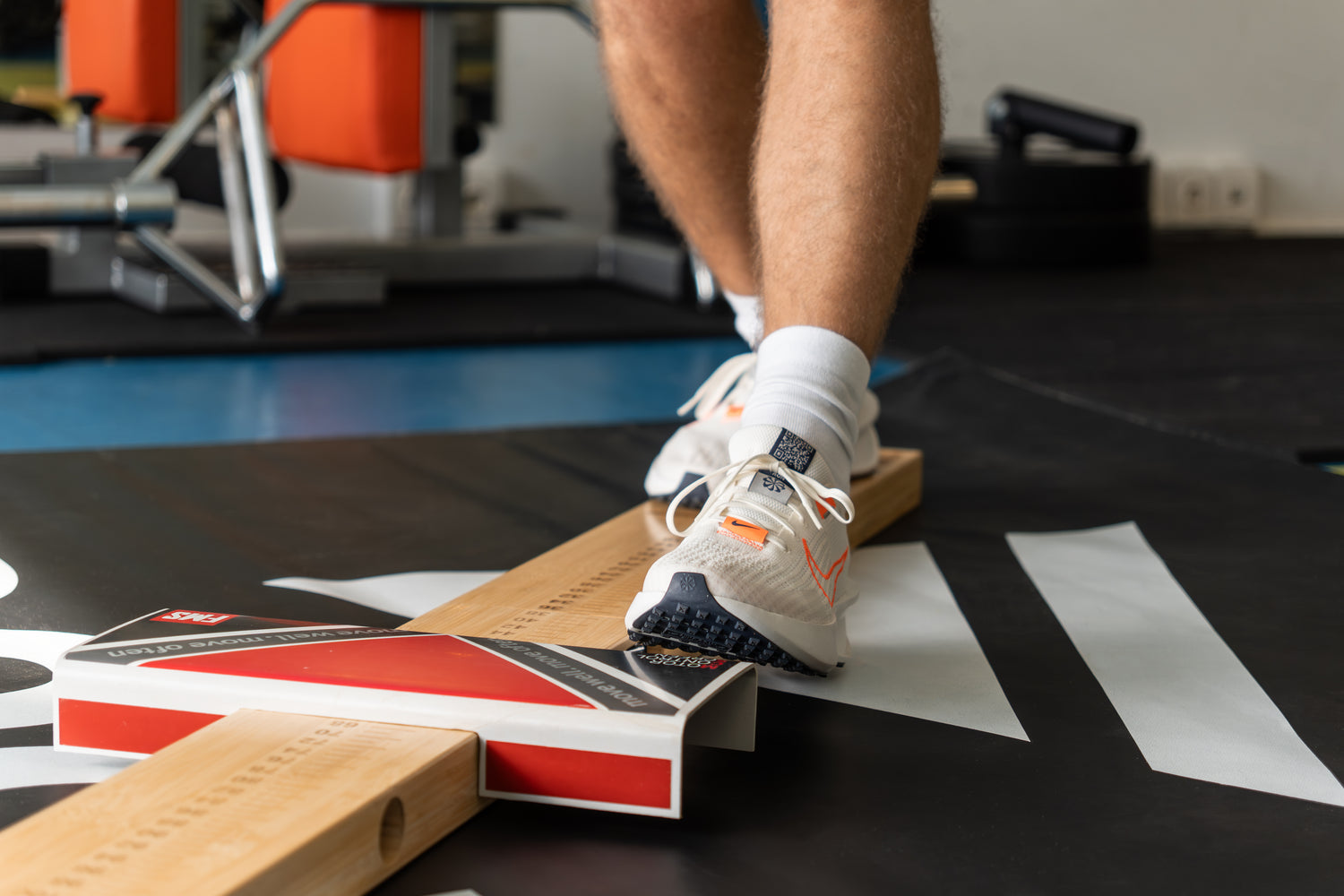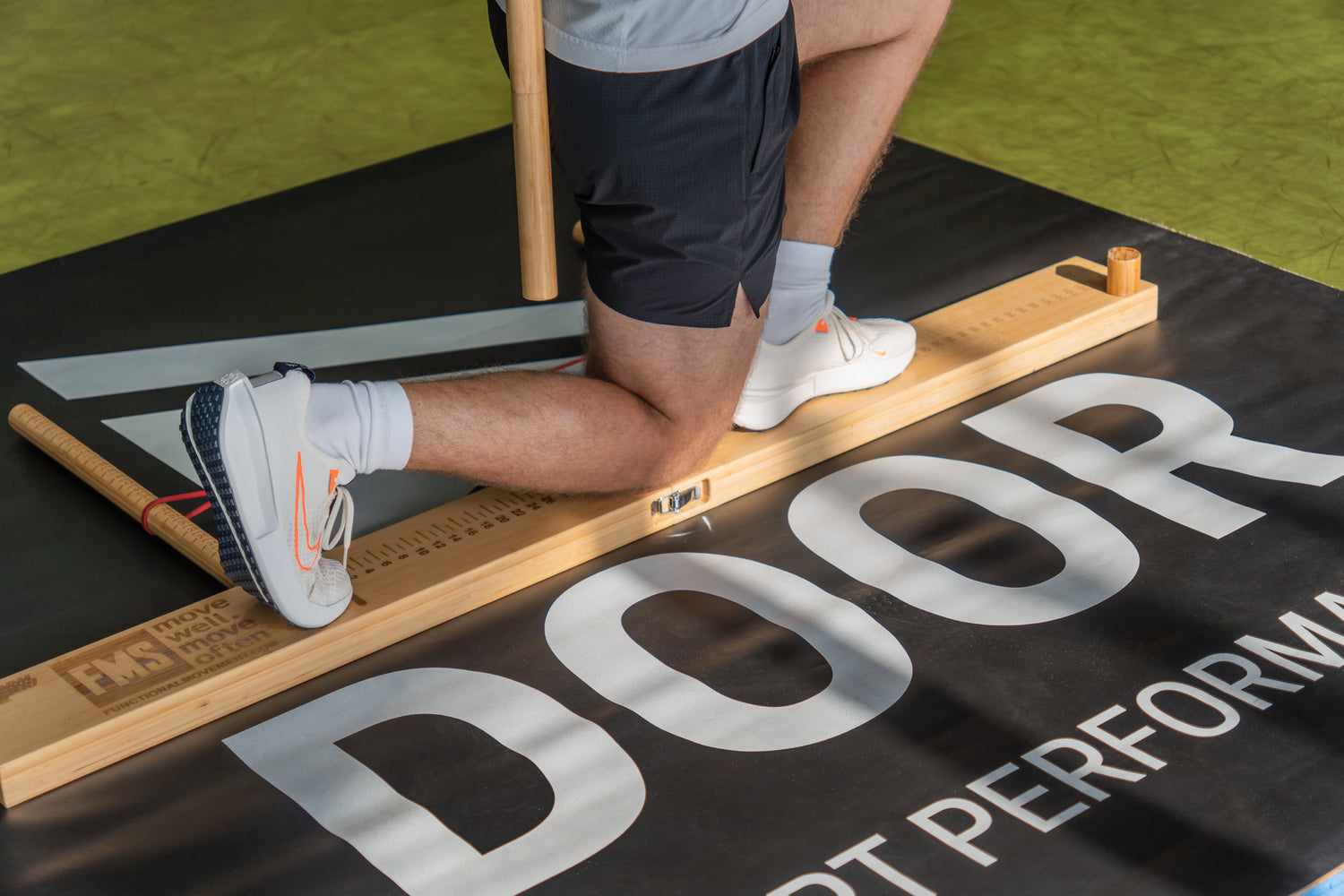Movement is the solution to musculoskeletal problems!
During a rehabilitation program, it's not enough to treat the painful area! You need to teach your body to move well again!

ASSESSMENT IN CASE OF PAIN
Before starting fundamental personal training, a Functional Orthopedic Examination is always necessary to find out what dysfunctions will need to be corrected during the joint rehabilitation work.
Fundamental Training: From Basics to Rehabilitation
The goal of fundamental training is to help restore movement patterns and develop basic fitness. This type of training is an excellent option for those who:
- They need movement rehabilitation after an injury or surgery.
- They are looking for a personalized solution for rehabilitation after knee surgery .
- I would like to restore or strengthen their basic musculoskeletal functions.
- They are looking for an effective solution to relieve back pain that provides lasting results.
Move well and enjoy pain-free sports!
The importance of movement is beyond question, we were designed to move!
A sedentary lifestyle and the wrong load are responsible for most pain, plus injuries!
Our nervous system basically avoids pain, so for example, when our leg hurts, we limp to put as little strain on the injured leg as possible!
Additionally, our bodies are extremely energy efficient and don't maintain systems that we don't use.
So, if we don't move, we will degenerate!

REHABILITATION TRAINING: FINDING EXCELLENT CAUSES
During fundamental personal training, musculoskeletal complaints identified during a comprehensive and objective functional orthopedic examination are professionally treated and their sources are eliminated. In the case of chronic back pain, knee pain, neck pain, and to promote the rehabilitation of sports injuries.
Why is Fundamental Training Important?
Fundamental training focuses on restoring and developing basic movement skills, emphasizing stability, balance, and proper movement patterns.
Key elements:
- Preventing injuries.
- Ensuring adequate load capacity of muscles and joints.
- Incorporating rehabilitation training based on individual condition assessment.
Move with DOOR!
Maintaining our complex mobility or rebuilding it after rehabilitation is of utmost importance!
Otherwise, asymmetries and dysfunctions will develop, and these problems are largely responsible for subsequent injury and pain!
A good base of movement is a prerequisite for load capacity.
Prehabilitation and rehabilitation!
Train Fundamentally and move the way you were designed to!

CONSERVATION - How Does Musculoskeletal Rehabilitation Happen?
It is important that during complex musculoskeletal rehabilitation, the problematic area is not only treated in isolation, but that the damaged area is also rebuilt into the fundamental movement chain in order to avoid later - or even existing - compensations and dysfunctions.
The first step in physical rehabilitation is to restore joint range of motion. Then, an individualized exercise plan focuses on:
- Restoring range of motion , which is the basis for further steps.
- Development of static and dynamic stability in the affected areas.
- Reintegration of the injured body part into movement patterns so that the whole body can function harmoniously again.
Rehabilitation after knee surgery, for example, illustrates the process well: the first step is to regain the knee's range of motion, then stability and coordination are developed. In the final phase, the knee is re-integrated into natural movement patterns, ensuring the body functions in a unified manner.
Why Choose Us?
60 minutes
Personalized training program
We track your progress with a modern application
In a separate room, in a family environment
Under the supervision of a rehabilitation personal trainer
Applying Kinesio tape if necessary
Sauna available
Gift! Homework for every week in the DOOR app!


- Choosing a selection results in a full page refresh.

